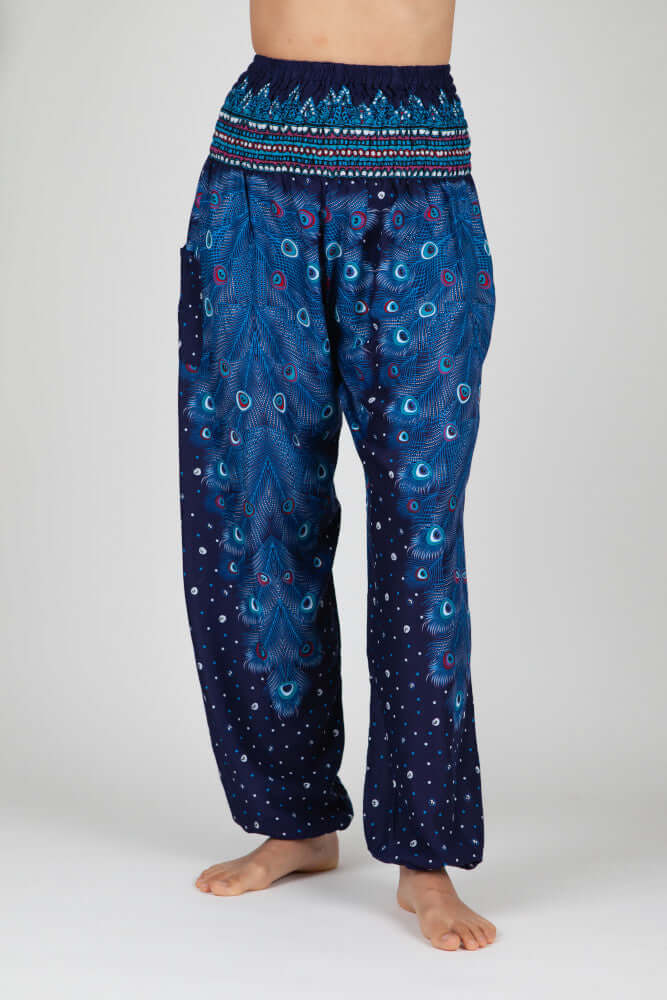
Table of contents
“We are the climate” – 3 things I learned
The book “We are the Climate” by Jonathan Safran Foer was published at the end of 2019 and has been on everyone’s lips ever since. Personally, the book touched me very much. But instead of writing a conventional review, I would like to share three things the book taught me - about communication, the willingness to change and the complexity of our minds.
About the book
Jonathan Safran Foer does it with his book “We are the climate" (ISBN: 978-3-462-05321-0), breaking down a topic as complex as climate change without simply stringing together facts. He approaches the topic through personal stories and historical anecdotes. In this way, he manages to captivate readers without making them feel accused. His suggested solution, animal products only once a day (with the main meal). eating is concrete, actionable and doesn't ask too much of anyone - and yet is extremely effective.
The book has also been published as an audio book, narrated by Christoph Maria Herbst.
About my encounter with the book
Last fall, a friend excitedly told me about a new audio book she was listening to. It would be called “We are the climate” by Jonathan Safran Foer. The author's name told me a lot. As a teenager, I devoured the novel “Extremely Loud and Incredibly Close” and was thrilled by it Foer's writing style been. His book “Eating Animals” from 2009 also changed my perspective on things forever. That's why I was immediately hooked when my friend recommended his latest book to me. I decided to read the book first Audiobook to listen to because it was available to me for free on Apple Music. The book came with me everywhere, on bus rides, walks, train rides and on the way to and from university. In my opinion, Christoph Maria Herbst is an excellent narrator, so I can only recommend the audio book. But because I realized afterwards that I would like to read some excerpts and facts again, I bought the book in the haptic version.
About the things I've learned
1. It is so difficult for us to do something for the environment because we cannot fully understand climate change
Right at the beginning of the book, Foer tries to get to the bottom of the question of why so few people seem to be interested in the current situation our earth is in. One reason is the topic itself: The weather is boring. Not a topic on which people like to watch hours of documentaries, articles or reports. In addition, climate change is so intangible. We are only gradually feeling the effects of the climate crisis. In many areas they don't even affect us because we are in a privileged western world live in which resources seem to be “endlessly” available.
Then there is that Sense of responsibility of man: “I alone can’t make a difference anyway”, “It’s the politicians’ responsibility”, “I’m fine, why should I change anything?”, “I’ve lived like this my whole life, I can’t suddenly change my habits”, “It’s the generation before me that is to blame”, “It’s the new generation’s fault”...
All of these things contribute to people not (wanting to – being able to?) paying enough attention to climate change. Fortunately, there are individual people who are dealing intensively with the topic and want to encourage other people to do more or even do something at all for our environment. In general, people are rather... Creature of habit, a sloth.
By addressing the question, how come While most people are so hard to get excited about saving the climate, I have gained a greater understanding of why people act the way they do. It showed me how complex the human mind is and how important it is to approach people with different approaches. Because a There is not always a way the correct Away. For people to understand what climate change really is and that it really exists, patience, creativity & a certain amount of forbearance are required.
2. People need concrete instructions
People are aware of themselves more often than you would think own hypocrisy consciously. The problem is that contradictory thoughts and actions that are contrary to inner beliefs arise cognitive dissonances lead. In order to resolve these internal contradictions, people have two options: to change their own behavior or to evaluate their actual beliefs differently. Because it takes more effort to change behaviors and habits, people tend to change their own thoughts and beliefs. Views are argued, downplayed or even suppressed. This results in statements like those mentioned in the first point. This is a good way to avoid actually changing something or adjusting your own behavior.
What can help, however, is concrete impulses for action admit. Many people want step-by-step instructions (also in other areas of life). In most cases it is not possible to get them, no matter how nice the idea would be :D. But if there are concrete things that you can gradually implement into your own everyday life, then many people are not so reluctant to change their behavior. What is important is that people... not immediately overwhelmed feels and is given the feeling that every change, no matter how small, is a step in the right direction.
In a way, Foer does this in his book. He appeals to people to avoid animal products, at least at breakfast. Nevertheless, he also admits to eating a burger or other animal products every now and then. It is important to develop a basic understanding or awareness of the climate problem. Every piece of meat that isn't bought, every time the car is left behind, every flight is less a contribution to environmental protection and has value in itself.
3. You forget facts and figures – stories stay in your head
Facts and figures about climate change or the dangers of factory farming amaze me every time I hear them. Unfortunately, a short time later they are usually forgotten again. Even though I sometimes feel like I'm the only one who forgets these things, I know that's not the case. Because we humans can generally remember things better if they linked to an emotion are. And that is exactly where the problem lies with dry numbers and facts. In addition to emotions are also Pictures important for our brain. The sentence “30 football fields of rainforest are cut down every minute” is much more obvious to us than the representation of the size itself (214,200 square meters).
After listening to or reading Foer's book “We Are the Climate,” I noticed that stories, conversations and anecdotes from human history stuck in my head. As already mentioned above, I bought the book specifically so that I could read certain facts and figures. Because I didn't keep them.
So we should remember that we like to be able to speak in images and emotions when communicating with other people. When we want something to stick. If we want to move other people. Of course, there is a lot more to it if you want to convince people of something or get them excited. And including facts and figures is also important, not just for your own credibility. But Stories and other stories are a good start to attract attention, empathy and interest.
Even if “We are the climate” doesn’t come close to “Eating Animals” for me personally: the book taught me a whole range of things, overall broadened my horizons in relation to the climate and the current climate problem and once again showed me the complexity of the human mind.
If you would like to learn more about mindfulness, healthy eating, sustainability or family and pregnancy, Check out more exciting blog articles on these topics here.





























Leave a comment
This site is protected by hCaptcha and the hCaptcha Privacy Policy and Terms of Service apply.